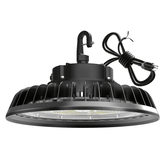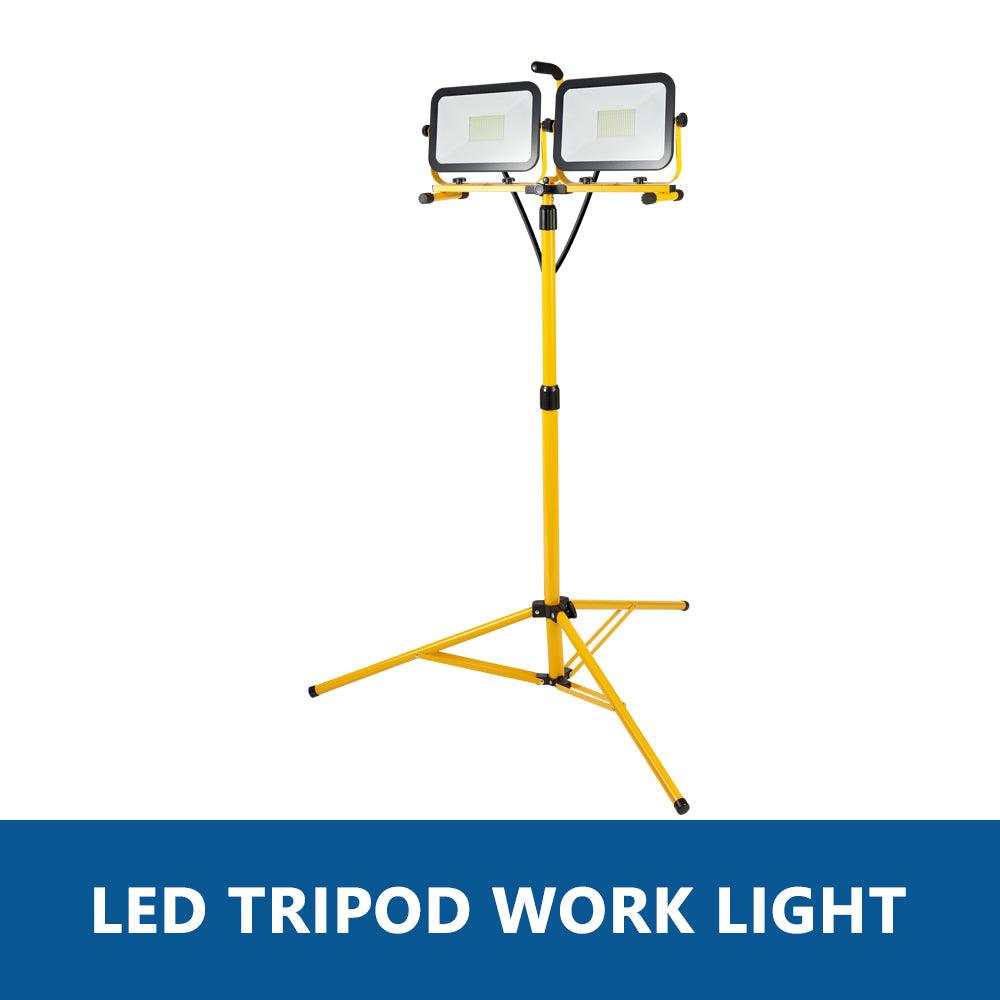-
LED High Bay Lights 100W 15,000LM Adjustable Series 0-10V Dimmable, 5' Cable with US Plug
- Depuis $41.99
$53.99- Depuis $41.99
- Prix unitaire
- par
-
LED High Bay Lights 200W 30,000LM Adjustable Series 0-10V Dimmable, 5' Cable with US Plug
- Depuis $66.99
$79.99- Depuis $66.99
- Prix unitaire
- par
-
LED High Bay Lights 400W 60,000LM Adjustable Series 0-10V Dimmable, 5' Cable with US Plug
- Depuis $119.99
$148.00- Depuis $119.99
- Prix unitaire
- par
-
G GJIA® LED Wall Pack - 30W LED Mini Wall Pack Light with Dusk to Dawn Sensor, 3600LM, 5000K
- Depuis $39.99
$46.00- Depuis $39.99
- Prix unitaire
- par
-
LED High Bay Lights 240W 36,000LM Adjustable Series 0-10V Dimmable, 5' Cable with US Plug
- Depuis $72.99
$84.99- Depuis $72.99
- Prix unitaire
- par
-
LED High Bay Lights 300W 45,000LM Adjustable Series 0-10V Dimmable, 5' Cable with US Plug
- Depuis $96.99
$125.00- Depuis $96.99
- Prix unitaire
- par
-
LED High Bay Lights 150W 22,500LM Adjustable Series 0-10V Dimmable, 5' Cable with US Plug
- Depuis $43.99
$55.99- Depuis $43.99
- Prix unitaire
- par
-
120W LED Wall Pack Light with Dusk to Dawn Photocell 15,600LM 5000K
- Depuis $59.99
$79.99- Depuis $59.99
- Prix unitaire
- par
-
60W LED Wall Pack Light with Dusk to Dawn Photocell 7800LM 5000K
- Depuis $49.99
$59.99- Depuis $49.99
- Prix unitaire
- par
-
G GJIA 150W, 21,000LM LED Parking Lot Lights with Arm Mount, Dusk-to-Dawn
- Depuis $82.99
$129.99- Depuis $82.99
- Prix unitaire
- par
Dimmable lights allow for controlled light intensity by regulating current or voltage through a dimmer switch, enhancing ambience and energy efficiency. GGJIA offers 0-10V dimmable LED lights in various models: High Bay UFO, Parking Lot, Canopy, Wall Pack, and Linear High Bay. Not all light fixtures can be dimmed; bulbs must be specifically designed for dimmable fittings. Dimmable LED lights offer greater control, while non-dimmable lights provide consistent lighting. To ensure a fixture is dimmable, verify bulb labeling, fixture specifications, and use a compatible dimmer switch. GGJIA’s dimmable LED lights can function without a dimmer switch, providing 0-10V adjustable features.

- Le choix d’une sélection entraîne une actualisation complète de la page.



























